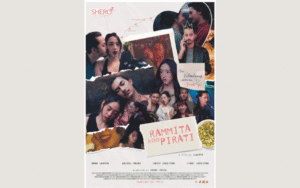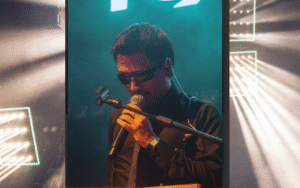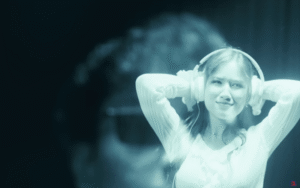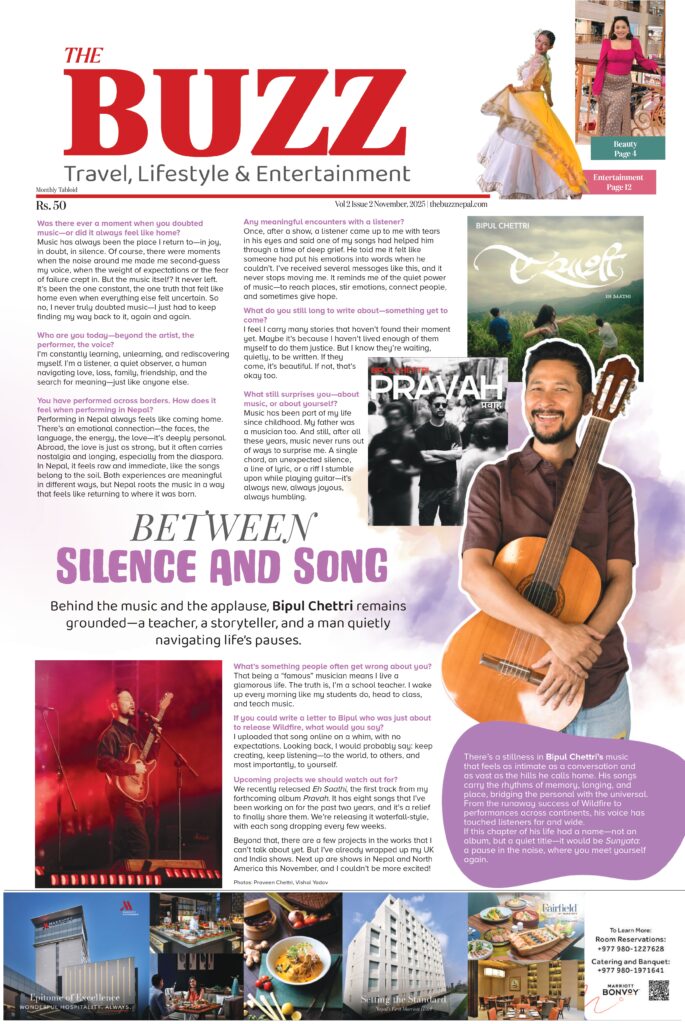To Every You, To Every Me: The Anime That Made Us Believe in Love Across Worlds

Back in 2022, two interconnected anime films quietly took the world by storm: To Every You I’ve Loved Before (Boku ga Aishita Subete no Kimi e) and To Me, The One Who Loved You (Kimi wo Aishita Hitori no Boku e). What made them truly unique wasn’t just their tender storytelling or breathtaking animation, but how they asked viewers to choose their own sequence of heartbreak.
The order in which you watch them changes everything; your emotions, your sympathies, even your understanding of love itself. Watch To Every You I’ve Loved Before first, and you’ll witness a story of gentle yearning and quiet resilience. Watch To Me, The One Who Loved You first, and you’ll feel the sting of missed moments, destiny’s detours, and the ache of “what could have been.” Together, they form two halves of one hauntingly beautiful whole – parallel universes intertwined by fate, yet separated by choice.
Each film explores what it means to love across timelines: how even in alternate worlds, some hearts seem destined to find each other, again and again. They make you question: is love defined by who we choose, or by the version of ourselves that chooses them?
In one universe, love is calm and comforting; in another, it burns brightly before fading. Yet, in both, it feels real – achingly so. The films remind us that every “you” we’ve loved, and every “me” we’ve been, shapes who we are today.
By the end, you’re left with a single thought echoing softly in your chest:
“To every you I’ve loved before…. and to me, the one who loved you.”
How Two Films Created a Ripple in the Anime World
When the dual-release concept was first announced in Japan, fans were intrigued; and soon, obsessed. Social media buzzed with discussions about which order to watch them in. The experience became almost experimental: a test of perception and emotion.
Viewers who watched To Every You I’ve Loved Before first described a bittersweet journey of love found and lost, while those who started with To Me, The One Who Loved You called it a story of inevitable tragedy and alternate hope. It wasn’t just an anime, it was an emotional puzzle.
Critics praised the films for their intertwined structure and how they reflected modern relationships, where timing, circumstance, and choice often feel as crucial as love itself. On platforms like Reddit and X (formerly Twitter), fans debated endings, symbolism, and the very idea of destiny.
Even today, the films continue to trend in anime circles for their thought-provoking approach: proof that love stories, when told through the lens of parallel worlds, can still break and mend hearts in the same breath.

Love Across Universes
For viewers in Nepal and beyond, these films resonate on a deeply human level. They remind us that life is full of versions: of moments we lived, choices we missed, and people we once loved. Maybe, in another timeline, we chose differently. But in this one, we learn, we grow, and we remember.
Two films. Two timelines. Infinite emotions.
And one truth: love, in every universe, still finds a way.
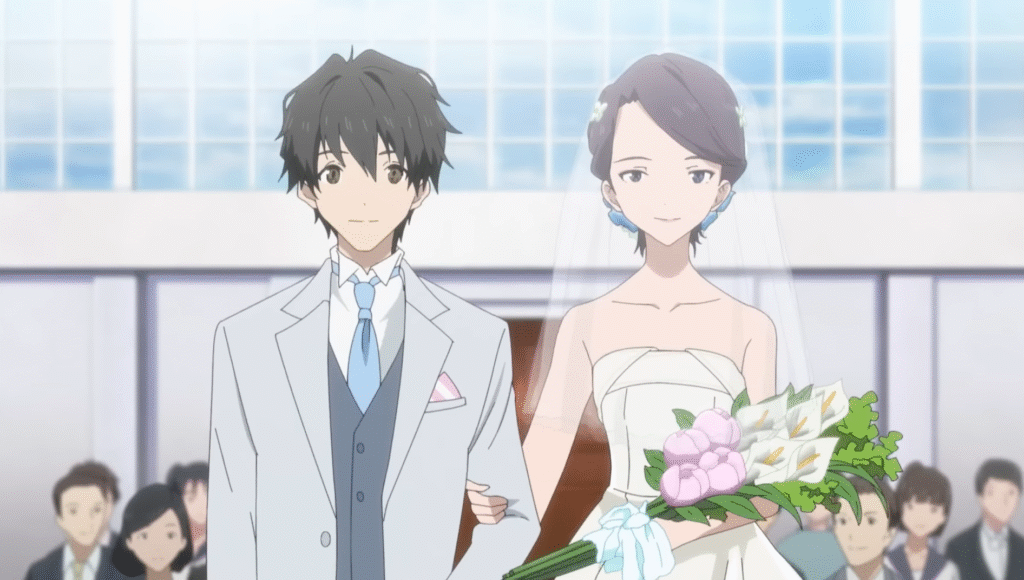
Also Read
Aloft Kathmandu Thamel Organizes 11th “Road to Give” Charity Fund Session
Bipul Chettri’s “Ghar Salkay ko Katha” is His Second Song for His Pravah Album
The New Rules of Nutrition Everyone’s Talking About in 2025
Dance to Ujan Shakya’s Latest Hit: “Bhamara” Featuring Camriddhi



